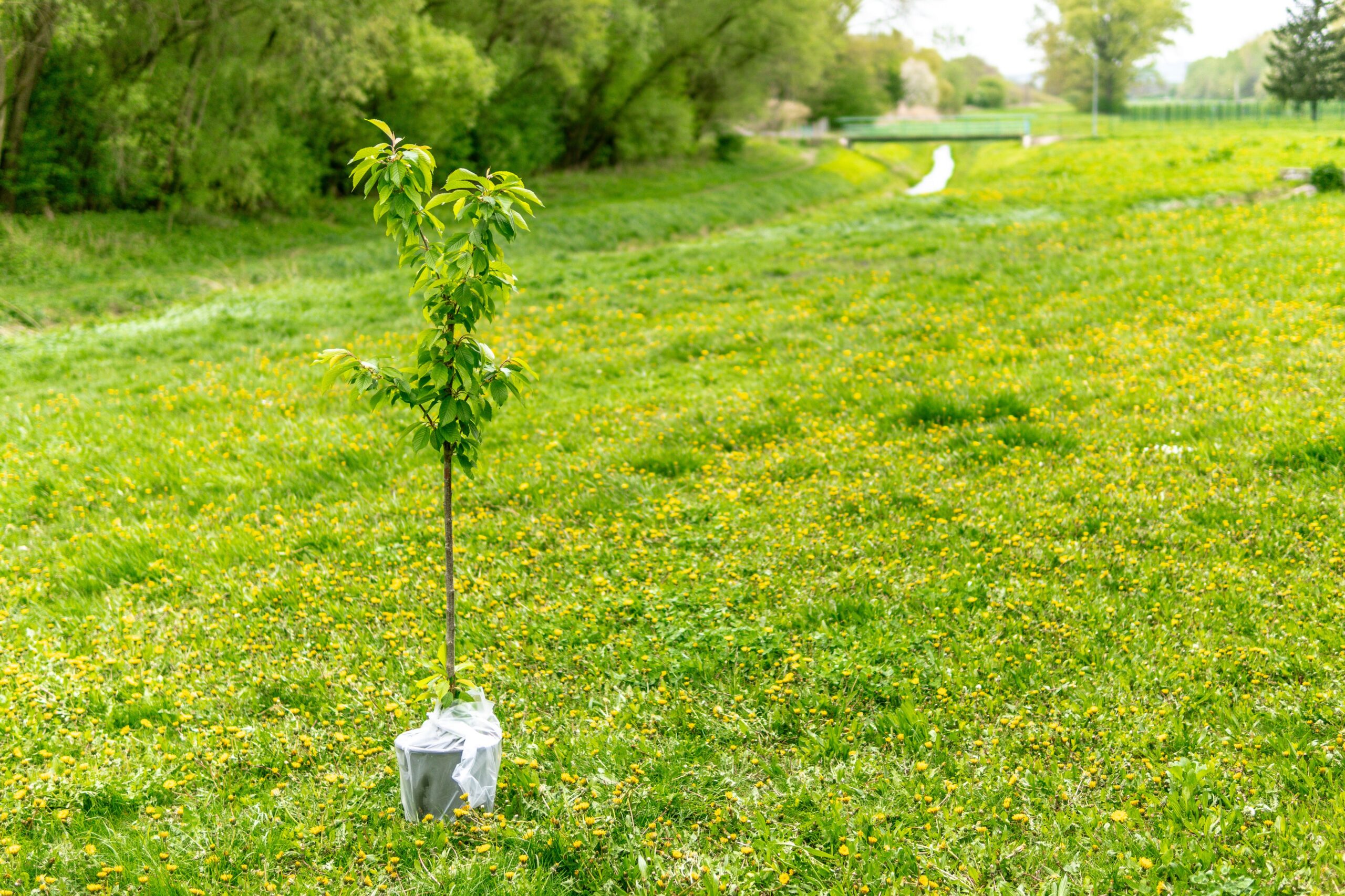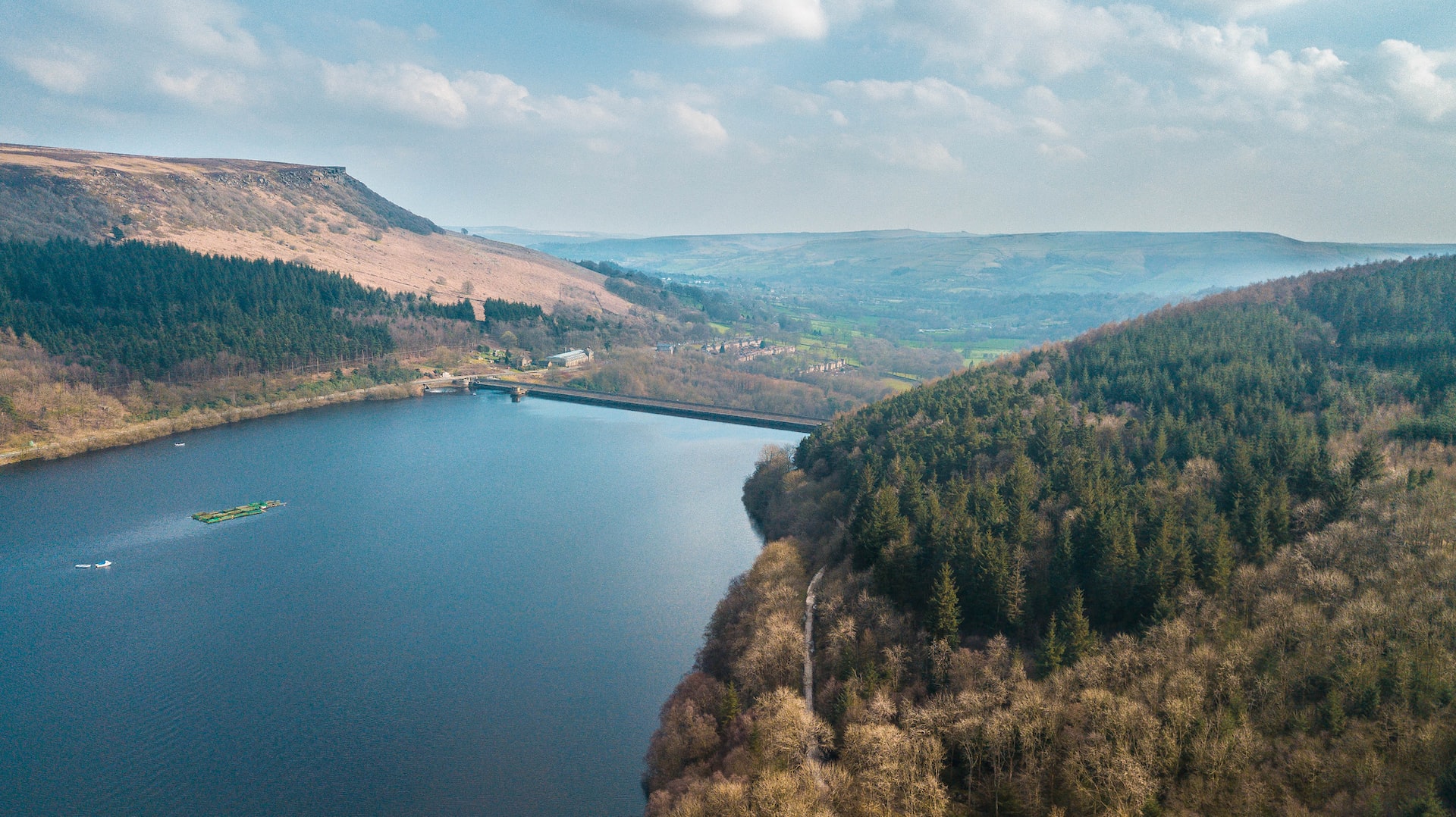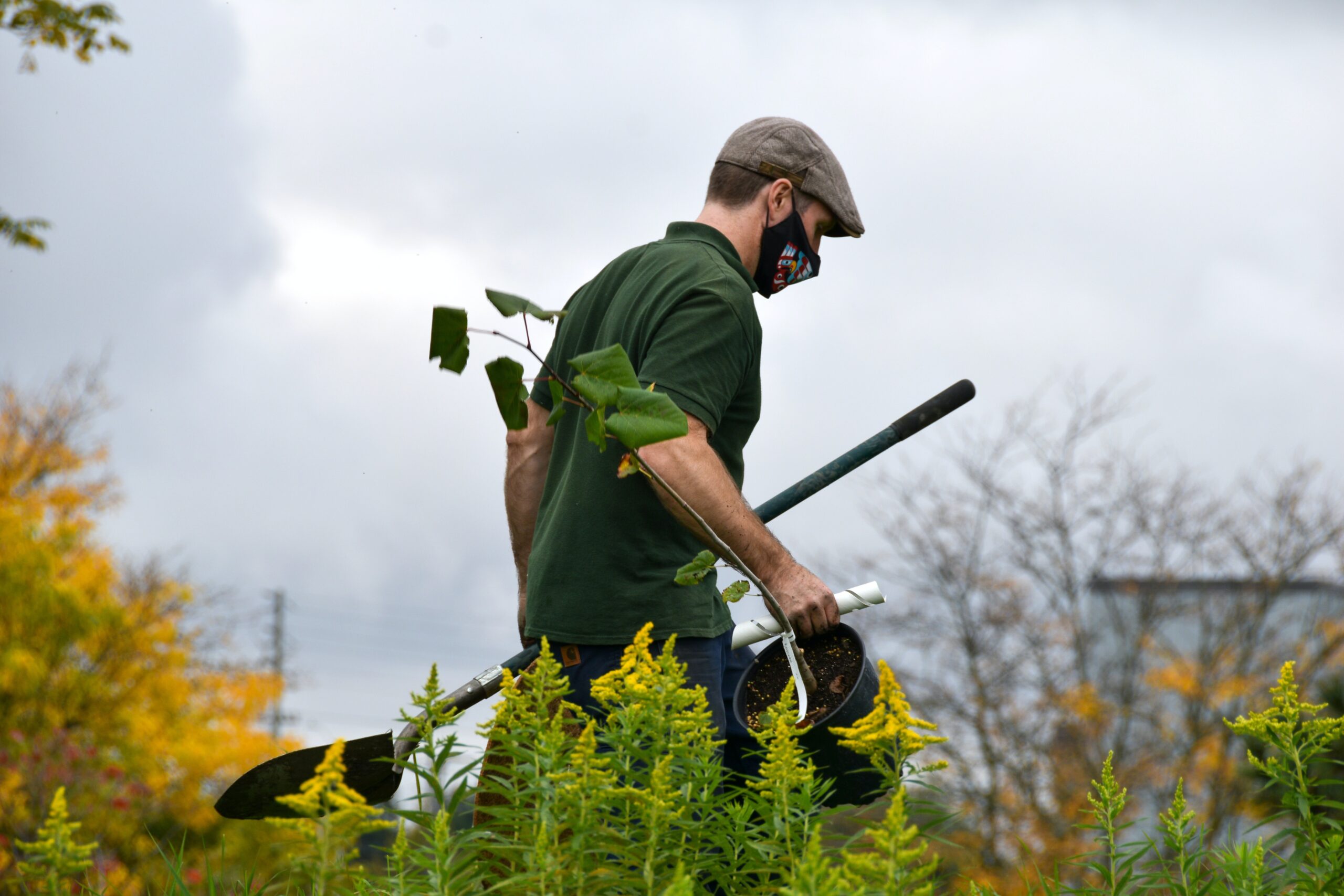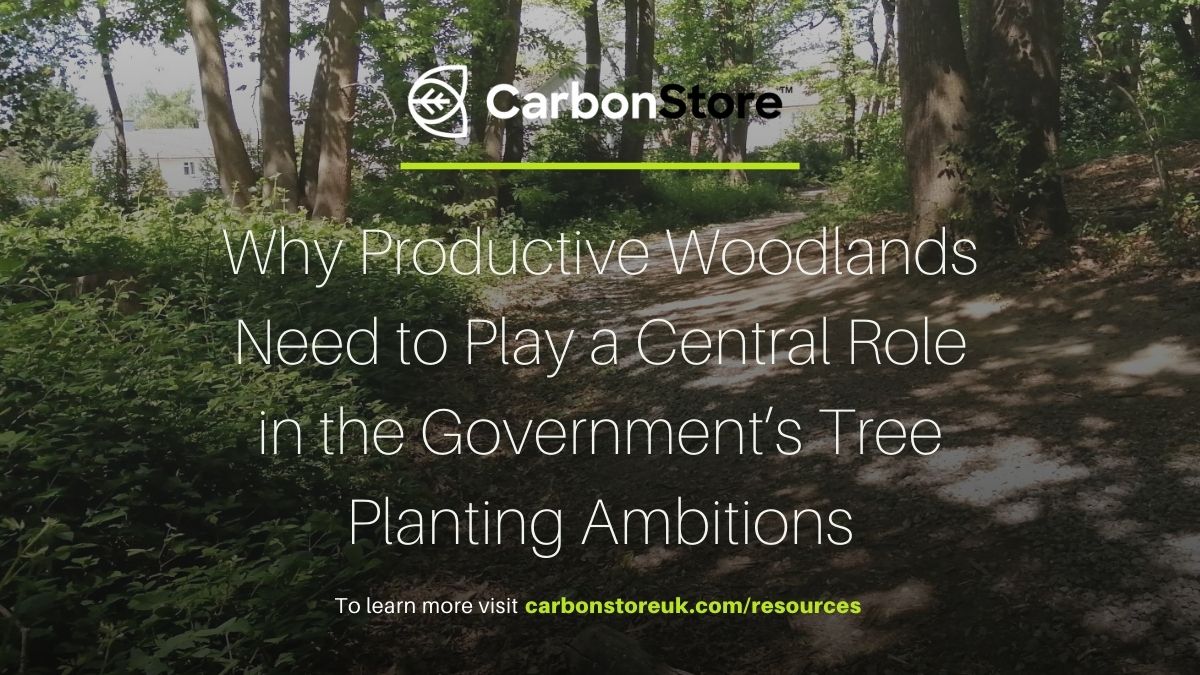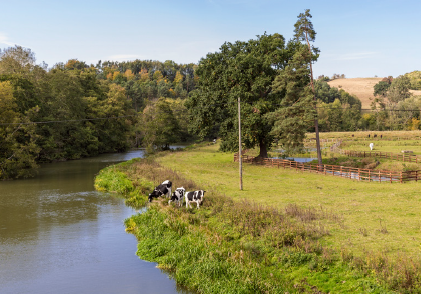At the end of June the government announced new investment and actions to improve lowland peat and reduce carbon emissions, improving resilience to drought and supporting farmers following recommendations from the Chair of the Lowland Agricultural Peat Task Force.
New investment and actions to improve lowland peat and reduce carbon emissions were set out by the government on 29 June 2023.
Peat soils contain over half the country’s terrestrial carbon stores and serve as a potent nature-based solution against climate change. However, as a result of centuries of drainage to create land suitable for agriculture, our peat soils are drying out, causing the organic matter they contain to decompose and release carbon into the atmosphere. Today, just 1% of England’s lowland peatlands remain in a near-natural state.
By rewetting lowland peat soils, we can deliver carbon emission reductions, improve food security, boost wetland biodiversity, and better protect communities from flooding.
To support the preservation and sustainable management of lowland peatlands, the government has announced that it will take forward action on all the recommendations made by Robert Caudwell, independent Chair of the Lowland Agricultural Peat Task Force, whose report is published today.
Environment Minister Trudy Harrison said:
Our peatlands are invaluable allies in our battle against climate change, housing over half of our terrestrial carbon stores and providing resilience for future farming.
These new measures, which includes funding for innovative new water management schemes, bolster our efforts to protect and improve peat soils – enhancing carbon storage, preserving vital ecosystems, and paving the way for a more sustainable future.
This comes alongside over £7.5 million of new funding to kickstart improvements in how we manage water resources to rewet and preserve peat soils. This funding will drive advancements in our understanding of the lowland peat water challenge to transform the way we use water in England’s lowland peat, and will also pay for the installation of infrastructure and monitoring technology to enable more control of water levels in these regions.
The measures government is taking will also improve resilience to drought and safeguard productive farming on some of our most valuable agricultural land, supporting our rural economy and those whose livelihoods are intrinsically tied to the land.
In 2020, the government established the Lowland Agricultural Peat Task Force to explore how to improve the condition of England’s lowland farmed peat whilst ensuring the continuation of productive agriculture for years to come. The Chair of the task force has put forward fourteen recommendations to government and the wider sector to ensure that lowland peat soils can be managed more sustainably.
These recommendations include:
- New investment in water storage, management and control
- Public money for wetter modes of farming on peat soils
- Technical advice on keeping peat soils wetter
- Creating viable opportunities in private finance
- Raising the profile of lowland agricultural peat soils
- Adopting the task force’s roadmap to commercially viable paludiculture (farming on rewetted peat)
Robert Caudwell, Chair of the Lowland Agricultural Peat Task Force said:
I thank all the members of the Lowland Agricultural Peat Task Force for their time and commitment to finding ways of managing lowland agricultural peat that are sustainable and substantially reduce carbon emissions.
All the evidence demonstrates that reducing carbon emissions from lowland peat is vital as part of the United Kingdom government’s plan to tackle climate change.
The report and the U.K. government’s response are important first steps in a journey that will require partnership between all stakeholders, and I am confident that the work that is already underway will give farmers opportunities to develop their businesses and contribute to the challenge of net zero.
The new funding is distributed across two pilots. The Lowland Agricultural Peat Small Infrastructure Pilot (£5.45m) will support the installation of infrastructure and monitoring technology to enable more control of water levels for the preservation and rewetting of lowland peat. Delivery of this project is being supported by the Association of Drainage Authorities.
The Lowland Agricultural Peat Water Discovery Pilot (£2.2m), to be delivered by the Environment Agency, will allow local and water peatland partnerships to collaborate to develop costed water level management plans for lowland peat areas in England.
Alan Lovell, Chair of the Environment Agency said:
The Environment Agency welcomes the publication of the Caudwell report. Drawing on the report’s recommendations, we recognise that the sustainable management of the water environment through raising the water table within peat soils holds a pivotal role in protecting the carbon it stores.
The report findings combined with further research and development provide useful support and incentives to farmers looking to transition to more climate friendly farming of peat soils. This is set out in our National Flood and Coastal Erosion Risk Management Strategy for England and Roadmap.
Twelve projects across England are also set to receive support through the £5 million Paludiculture Exploration Fund grant scheme – administered by Natural England – to help understand and overcome barriers to developing paludiculture as a commercially viable farming practice on lowland peat soils.
Tony Juniper, Chair of Natural England said:
Lowland peatlands play an important role in combating climate change, by keeping carbon in the land and out of the air. Working with land managers and others, it is imperative we find ways to support livelihoods and produce what society needs while at the same time halting the degradation of peat soils.
This is why I am so delighted that the £5 million Paludiculture Exploration Fund grant scheme will support twelve projects aimed at overcoming obstacles to developing economically viable farming on wet peat soils. This promising form of wetland agriculture holds tremendous potential for both revitalising peatlands and supporting profitable and sustainable rural businesses.
The announcements are part of the government’s commitments to drive international ambition on action to tackle climate change and work towards nature-based solutions, and demonstrate our ambition to deliver on our net zero pathway.
The evidence generated by the projects will enable Defra to deliver on our lowland peat commitments within the government’s England Peat Action Plan, Net Zero Strategy, Environmental Improvement Plan, and Plan for Water. On lowland peat, Defra has already funded a new update to the Peatland Code, announced a £6.6m peatland research and development programme, and is developing new farming schemes to support rewetting, restoration and new farming methods in the lowlands. It will also be publishing the new England Peat Map next year.
In recognition of the environmental benefits and the key role lowland peat soils play in food production, the government will continue to work with the Chair of the task force as well as farmers, landowners and the wider industry to take forward action on all the report’s recommendations for more sustainable forms of peatland management.
How can CarbonStore help you?
In partnership with Tilhill, CarbonStore can help you deliver peatland restoration and woodland-based carbon mitigation projects that not only achieves the highest possible standards in carbon offsetting but also offers many widespread benefits which we can all enjoy.
Please contact David McCulloch, the head of CarbonStore, personally either by email (david.mcculloch@carbonstoreuk.com) or by phone (07500 950832).
More news
Share











































